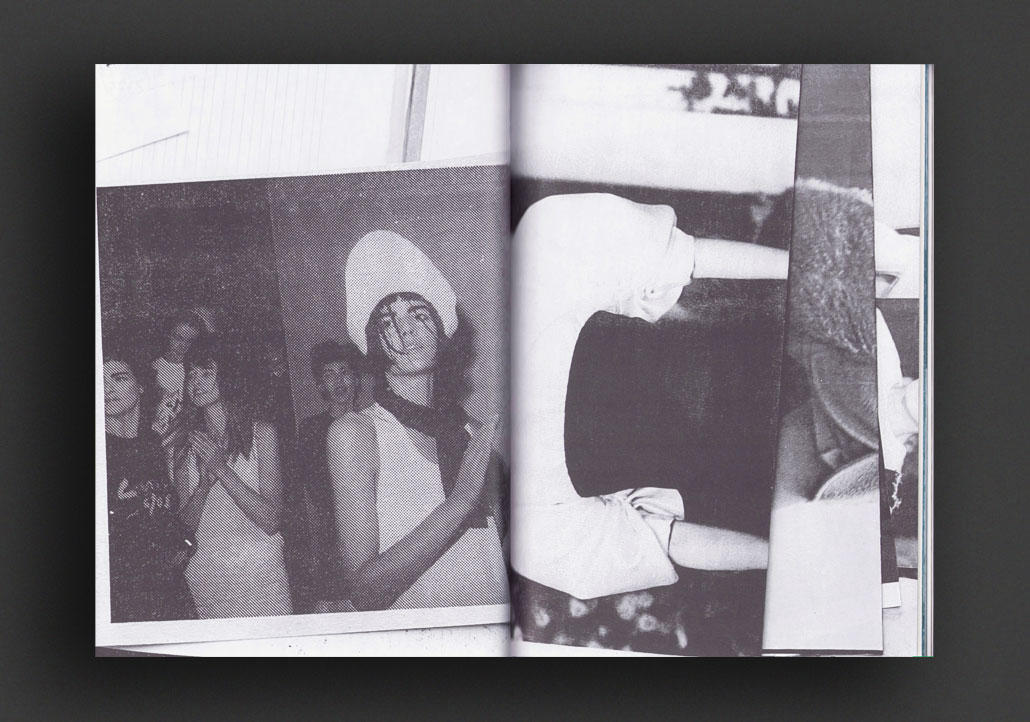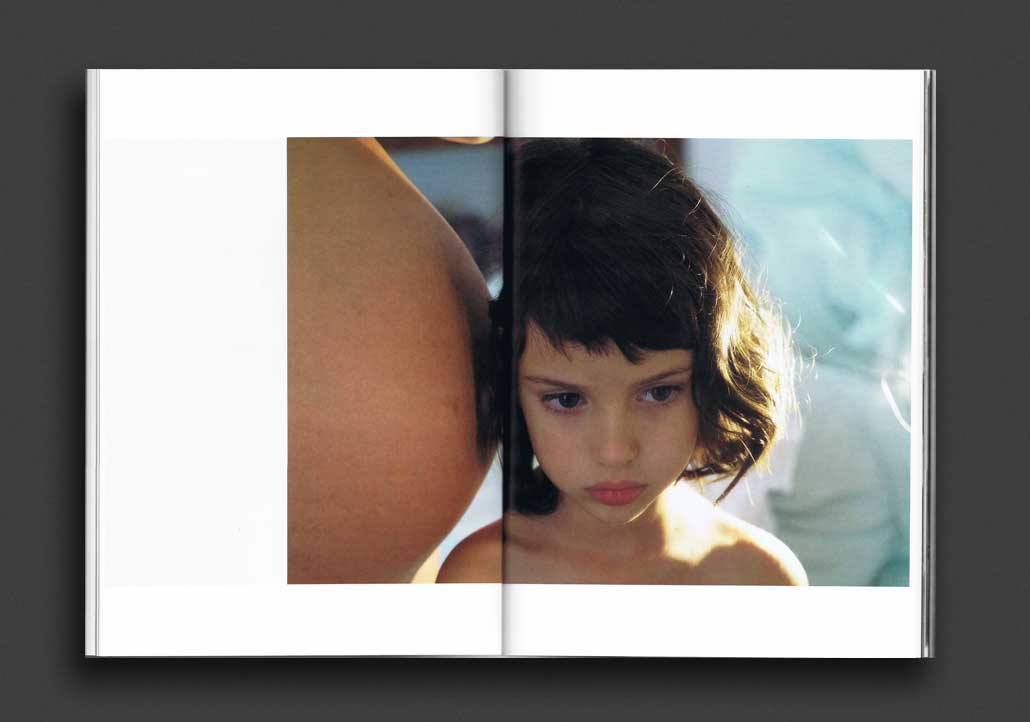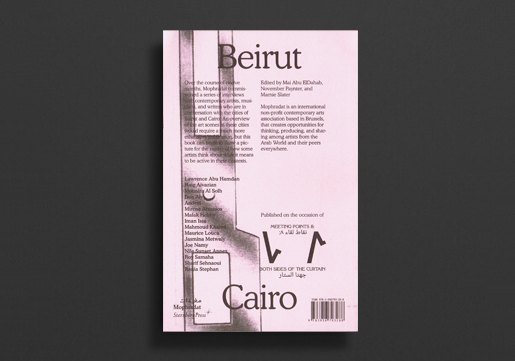(...less)
The sixth issue of Viscose Journal focuses on fashion as constructed through words, language and writing. From the pens of fashion journalists and art critics to the conceptual wordplay of designers, the issue delves into the aesthetic and critical effects of “writing fashion” in and outside of fashion industries.
The fashion writer is a confidant, a storyteller, a forecaster, a mythmaker; they are evocative and poetic, forming words that shape, and in turn are shaped by, the latest fashions. From the salon shows to the pages of fashion magazines, their “expressions may be as ephemeral as the fashions they describe,” as Dorothy Hughes noted already in 1935. Early fashion writing played a key role in the transformation of clothes into fashion each season, and in igniting the machine of fashion itself. The historical roots of fashion writing— which was, at least in an industry context, a distinctly female practice— are grounded in the modernization and seasonalization of industrial fashion. And even today, in an age described by many as image-driven, this remains true: across various media platforms, language not only surrounds fashion but also continuously contributes to its creation.
The succinct, ephemeral poetry of the fashion writer still plays—nearly a century since Hughes’ observation—a transformative role in the seasonal turnover of fashion, but its role in the fashion industry remains seriously overlooked. Fashion invests substantially in seasonally refreshing the visual messaging accompanying its physical commodities, but language plays a similarly important support in this artful game of marketing. In this industrial context spanning from press releases to magazine production, writing is devoted to fashion promotion, prioritizing its fundamental traits of novelty, urgency, and semiotic complexity. In this context, fashion writing is a process of mystification, capable of revealing things that the image cannot. The material conditions of fashion writing—of being for fashion—generates a unique set of poetics and syntax. Fashion writing, or “written fashion,” as Roland Barthes asserts, is a form of signification that is simultaneously real and imaginary, connected to the real garment that it signifies, but largely unencumbered by its materiality. Given the constraints of economic, cultural, and political factors on fashion writing, it is perhaps more interesting to ask, what is fashion writing really encumbered by, and what would it mean to “unencumber” it?
Since Baudelaire, art critics have turned to fashion as source material for their practice, casting fashion in the role of art’s capitalist conspirator, temporal truth-sayer, or feminine alter-ego. This erratic history is one filled with both fraught politics (rooted in a gendered division of labor) as well as critical possibility: art writing gestures to a style of intellectualism and independence from industry that is largely foreign in fashion. Viscose Journal has, since its founding, aimed to detach fashion criticism from industrial frameworks that has historically premised it. At the same time, informed by a materialist politics of fashion labor, we wish to seriously level the largely female writing of commercial fashion publications with the masculine philosophical inquiries of fashion.
While “fashion writing” denotes a thematic category within the wider field of writing, our theme of “writing fashion” prompts an exploration of fashion writing as a mode of fashion production and critique. This issue aims to explore writing as a tool for shaping fashion and broaden its perspectives by presenting a survey of experimental, fictocritical, and poetic approaches to writing fashion. In this expanded field of writing, “fashion” unfolds as a ubiquitous and epistemologically complex phenomena of everyday life pertinent to all.
Accompanied by the exhibition “Writing Fashion“ at and published by the International Library for Fashion Research in Oslo, Norway, staged in June 2024, Viscose Journal 06 strives to be a thought-provoking journey into the captivating intersection of fashion and language. We are grateful to the library’s fantastic team and collaborators for their ongoing support and collaboration.
with works by: Osman Ahmed, Alba Aragón, Katherine Bernard, Ricarda Bigolin, Eileen Chang, Dal Chodha, Eduardo Costa, Jose Unzueta Criale, Femke De Vries, Becket Flannery, Kennedy Fraser, Laura Gardner, Patrick Greaney, Bruce Hainley, Elizabeth Hawes, Nakako Hayashi, Devin Hentz, Elaine Wing-Ah Ho, Juje Hsiung, Olivia Kan-Sperling, Jamaica Kinkaid, Chantal Kirby, Jeremy Lewis, Davora Lindner, Hanne Lippard, Shanzhai Lyric, Shizuang Magazine, Celine Mathieu, Derek Mccormack, H.B. Peace, Julie Peeters, John Perrault, Vogue Runway Rag, Rachel Tashjian, Jeppe Ugelvig, Elizabeth VR, Hanna Weiner, Elizabeth Wilson, Yohji Yamamoto, Bruno Zhu
File under:
Osman Ahmed
Alba Aragón
Katherine Bernard
Ricarda Bigolin
Eileen Chang
Dal Chodha
Eduardo Costa
Jose Unzueta Criale
Femke De Vries
Becket Flannery
Kennedy Fraser
Laura Gardner
Patrick Greaney
Bruce Hainley
Elizabeth Hawes
Nakako Hayashi
Devin Hentz
Elaine Wing-Ah Ho
Juje Hsiung
Olivia Kan-Sperling
Jamaica Kinkaid
Chantal Kirby
Jeremy Lewis
Davora Lindner
Hanne Lippard
Shanzhai Lyric
Shizuang Magazine
Celine Mathieu
Derek Mccormack
H.B. Peace
Julie Peeters
John Perrault
Vogue Runway Rag
Rachel Tashjian
Jeppe Ugelvig
Elizabeth VR
Hanna Weiner
Elizabeth Wilson
Yohji Yamamoto
Bruno Zhu
Viscose / Copenhagen
Periodicals
Fashion
Fiction / Poetry
Textiles
Art
Performance / Dance / Theater


















































































































































































